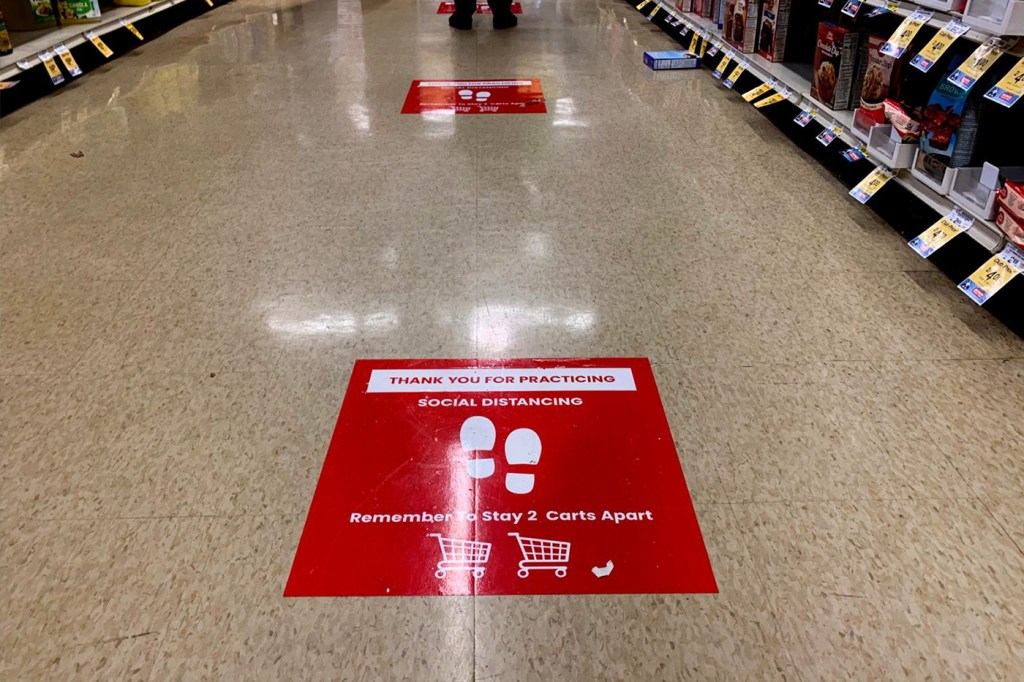Reopening after the COVID-19 shutdown? This course can help.

Government leaders are calling for the economy to reopen. What does that mean for businesses that have been struggling to survive during the COVID-19 shutdowns? A new online course offers a free step-by-step guide to help owners of small and medium-sized businesses create and navigate a recovery plan.
COVID-19: A Practical Approach to Enterprise Restart & Recovery Planning, created by Northeastern’s Global Resilience Institute in consultation with the D’Amore-McKim School of Business, can be applied to organizations other than businesses, including medical and educational facilities, churches, and non-governmental organizations that must not only bounce back from the lockdown but also adapt to new public-health regulations and limitations.
“A lot of big companies have ‘business continuity and recovery plans,’ which are sometimes called disaster plans,” says Scott Pickens, director of marketing and development operations at the institute, where he also serves as a distinguished corporate fellow. “But the vast majority of organizations typically won’t have those plans in place.”
Pickens, who is managing director and chief executive officer of the Arlington Healthcare Group, with more than 35 years of experience in the healthcare industry, put together the cutting-edge course over the past three weeks. He advises all business operators to be objective in their decision making.
“All of the factors need to come together,” Pickens says. “The ability to operate at sufficient capacity to at least break even needs to be determined up front.”
The text-based course, which includes 30 minutes of audio, is broken down into 10 modules that focus on creating a plan specific to the organization, with guidance on managing employees, customers, facilities, supply chains, and other issues.
It provides a template that enables operators to fill in the details of their organization as they attempt to recover.
“If you go about this willy-nilly, through trial and error, your odds of success are diminished,” Pickens says. “What this course does is to provide a framework for the objectives that you’re trying to achieve for your business.”
A restaurant that is limited to 25 percent capacity may need to account for its operating capital, the rehiring of employees, and the purchase of supplies, says Pickens. Those issues may change over the course of a month.
“It’s about helping you lay out your plan at a high level,” Pickens says.
The modules, which are available to anyone, follow the success of the institute’s initial course devoted to the pandemic, COVID-19: How to be Safe and Resilient. Pickens created the business-focused course with contributions from Stephen Flynn, founding director of the institute, and Barbara Larson, executive professor of management.
“My best guess is that a fairly significant number of smaller entities that were on the edge in the first place will not return—it’s already too late for them,” Pickens says. “But there will also be new opportunities for people to start businesses. I’m hopeful that over a timeframe of 12 months or so, from an overall economic perspective, you’ll see most of the damage mitigated.”
For media inquiries, please contact media@northeastern.edu.






